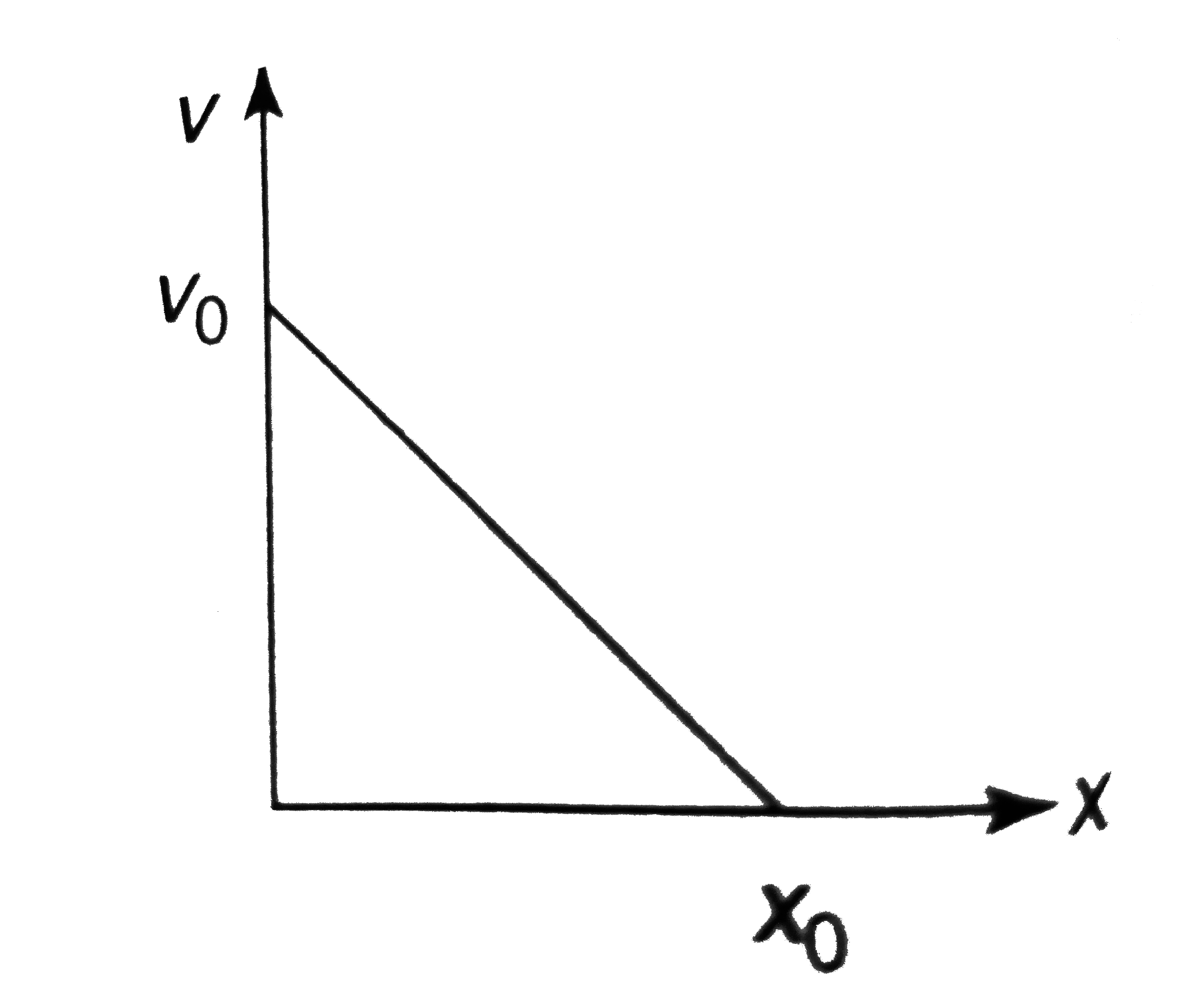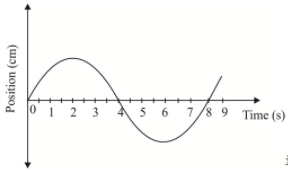consider the acceleration velocity and displacement of a tennis ball as it falls to the ground and bouces back. Derections of which of these changes in the process
velocity only
displacement and velocity
acceleration, velocity and displacement
displacement and acceleration
The correct Answer is:B
To analyze the motion of a tennis ball as it falls to the ground and bounces back, we will consider the acceleration, velocity, and displacement at different stages of its motion.
Step 1: Analyze the falling motion
- When the tennis ball is falling towards the ground:
- Acceleration (a): The acceleration due to gravity acts downwards, so a=g (approximately 9.81m/s2).
- Velocity (v): The velocity of the ball is also directed downwards as it falls, so v<0 (if we take downward as negative).
- Displacement (s): The displacement of the ball is in the downward direction as it moves towards the ground, so s<0.
Step 2: Analyze the bouncing motion
- After the ball hits the ground and bounces back:
- Acceleration (a): The acceleration due to gravity still acts downwards, so a=g (still directed downwards).
- Velocity (v): As the ball bounces back up, the velocity is now directed upwards, so v>0 (if we take upward as positive).
- Displacement (s): The displacement during the bounce is also directed upwards as the ball moves away from the ground, so s>0.
Step 3: Determine changes in direction
- Acceleration: The direction of acceleration does not change; it remains directed downwards throughout the entire motion.
- Velocity: The direction of velocity changes from downward (negative) while falling to upward (positive) while bouncing back.
- Displacement: The direction of displacement also changes from downward (negative) while falling to upward (positive) while bouncing back.
Conclusion
In summary, during the entire process:
- The acceleration remains directed downwards.
- The velocity changes direction from downward to upward.
- The displacement also changes direction from downward to upward.
Thus, the correct answer is that both the velocity and the displacement change their direction during the process.
- When the tennis ball is falling towards the ground:
- Acceleration (a): The acceleration due to gravity acts downwards, so a=g (approximately 9.81m/s2).
- Velocity (v): The velocity of the ball is also directed downwards as it falls, so v<0 (if we take downward as negative).
- Displacement (s): The displacement of the ball is in the downward direction as it moves towards the ground, so s<0.
- After the ball hits the ground and bounces back:
- Acceleration (a): The acceleration due to gravity still acts downwards, so a=g (still directed downwards).
- Velocity (v): As the ball bounces back up, the velocity is now directed upwards, so v>0 (if we take upward as positive).
- Displacement (s): The displacement during the bounce is also directed upwards as the ball moves away from the ground, so s>0.
- Acceleration: The direction of acceleration does not change; it remains directed downwards throughout the entire motion.
- Velocity: The direction of velocity changes from downward (negative) while falling to upward (positive) while bouncing back.
- Displacement: The direction of displacement also changes from downward (negative) while falling to upward (positive) while bouncing back.
In summary, during the entire process:
- The acceleration remains directed downwards.
- The velocity changes direction from downward to upward.
- The displacement also changes direction from downward to upward.
Similar Questions
A tennis ball with (small) mass m2 rests on the top of a basketball of mass m1which is at a height h above the ground, and the bottom of the tennis ball is at height h+d above the ground. The balls are dropped. To what height does the tennis ball bounce with respect to ground? (Assume all collisions to be elastic and m1>>m2)

View SolutionA ball is thrown upwards with a velocity of 29.4ms−1 in the absence of air resistance.
(i) Mention the direction of the acceleration during the upward motion of the ball.
(ii) What are the velocity and acceleration of the ball at the highest point?
(iii) How much high the ball goes up?
(iv) Find the time taken by the ball to reach the ground. Take g = 9.8 ms−2
View Solution
Knowledge Check
If x, v and a denote the displacement, the velocity and the acceleration of a particle executing simple harmonic motion of time period T, then, which of the following does not change with time?
AaTvBaT+2πvCaTxDa2T+4π2v2A raindrop falling from a height h above ground, attains a near terminal velocity when it has fallen through a height (3/4)h. Which of the diagrams shown in figure correctly shows the change in kinetic and potential energy of the drop during its fall up to the ground ?
A B
B C
C D
D
The given graph shows the variation of velocity with displacement. Which one of the graphs given below correctly represents the variation of acceleration with displacement ?

View SolutionThe given graph shows the variation of velocity with displacement. Which one of the graph given below correctly represents the variation of acceleration with displacement :-

View SolutionConsider the graph shown for the position of a ball attached to a spring as it oscillates in simple harmonic motion. Which of the following is correct?
The speed of ball is greatest at 2s
(ii)The speed of ball is greatestat 4s
(iii)The acceleration of ball is greatest at 2s
(iv)The acceleration of ball is greatest at 6s

View SolutionA metalic ball strikes a wall and drops dead whereas tennis ball having the same mass and velocity bounces back. Which of the following is correct ?
View SolutionIf x, v and a denote the displacement, the velocity and the acceleration of a particle executing simple harmonic motion of time period T, then, which of the following does not change with time?
View SolutionIf y, v and a represent displacement velocity and acceleration at any instant for a particle executing SHM, which of the following statements are true?
View Solution
